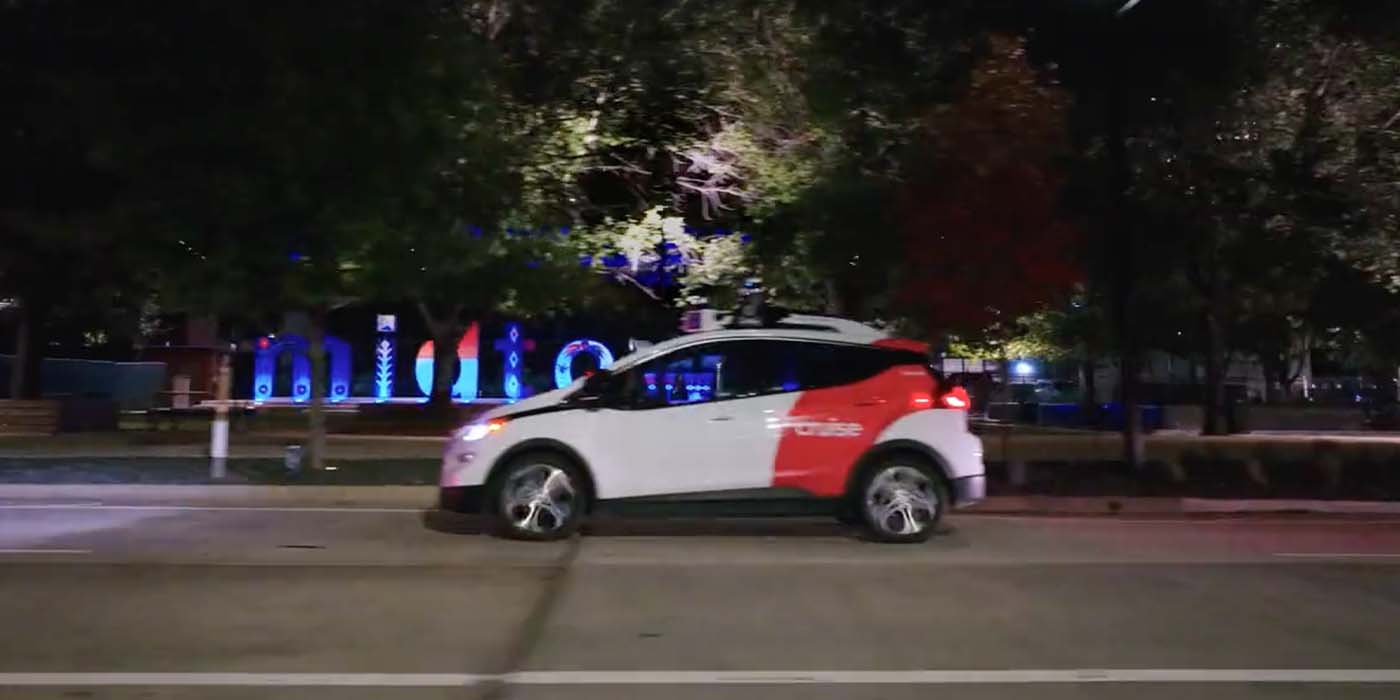
Amid the fallout from the accident involving a pedestrian in San Francisco, robotaxi company Cruise cofounder Kyle Vogt has stepped down from his role as CEO.
While Vogt didn’t specify his reasons for leaving (but we can guess why), he reportedly put in his resignation with the board on Sunday after sending an apologetic email to staff on Saturday. Then he took to X (Twitter) early this morning.
“As CEO, I take responsibility for the situation Cruise is in today. There are no excuses, and there is no sugar coating what has happened,” he wrote in the email, reported by Reuters. “We need to double down on safety, transparency, and community engagement.”
In a series of posts on X, Vogt wrote: “As for what’s next for me, I plan to spend time with my family and explore some new ideas. Thanks for the great ride!” He added, “The last 10 years have been amazing, and I’m grateful to everyone who helped Cruise along the way. The startup I launched in my garage has given over 250,000 driverless rides across several cities, with each ride inspiring people with a small taste of the future.”
“Cruise is still just getting started, and I believe it has a great future ahead. The folks at Cruise are brilliant, driven and resilient. They’re executing on a solid, multi-year roadmap and an exciting product vision. I’m thrilled to see what Cruise has in store next!”
Vogt, 38, has been a serial entrepreneur, first launching Twitch, which Amazon bought for $1 billion, and then video app Socialcam. He launched Cruise in 2013 before it was acquired by General Motors in 2016 for $1 billion.
Last week, Vogt announced a round of layoffs in an all-hands meeting at Cruise after pausing the company’s operations. The company has been facing a series of disasters after an incident when a Cruise robotaxi dragged a San Francisco pedestrian more than 20 feet before braking – the pedestrian was first hit by a human-driving car before being flung into the path of a Cruise vehicle.
California’s Department of Motor Vehicles pulled Cruise’s operating permit, citing that the vehicles “are not safe for the public’s operation” and “misrepresentation” of the car’s technology. A few weeks later, Cruise paused all of its operations in other cities, including Austin, Houston, Dallas, Miami, and Phoenix. A federal probe and independent investigations also dug up internal documents that detailed the vehicle’s algorithm had trouble identifying children. Apparently, company staff were aware, yet its fleet of 950 robotaxis was still on the streets.
GM has lost $1.9 billion on Cruise expenses between January and September this year, in addition to a $732 million loss in the third quarter. Now, the board has named GM general counsel Craig Glidden as Cruise’s chief administrative officer, adding that it would hire a third-party safety expert to assess the company’s operations and culture.
FTC: We use income earning auto affiliate links. More.



Comments